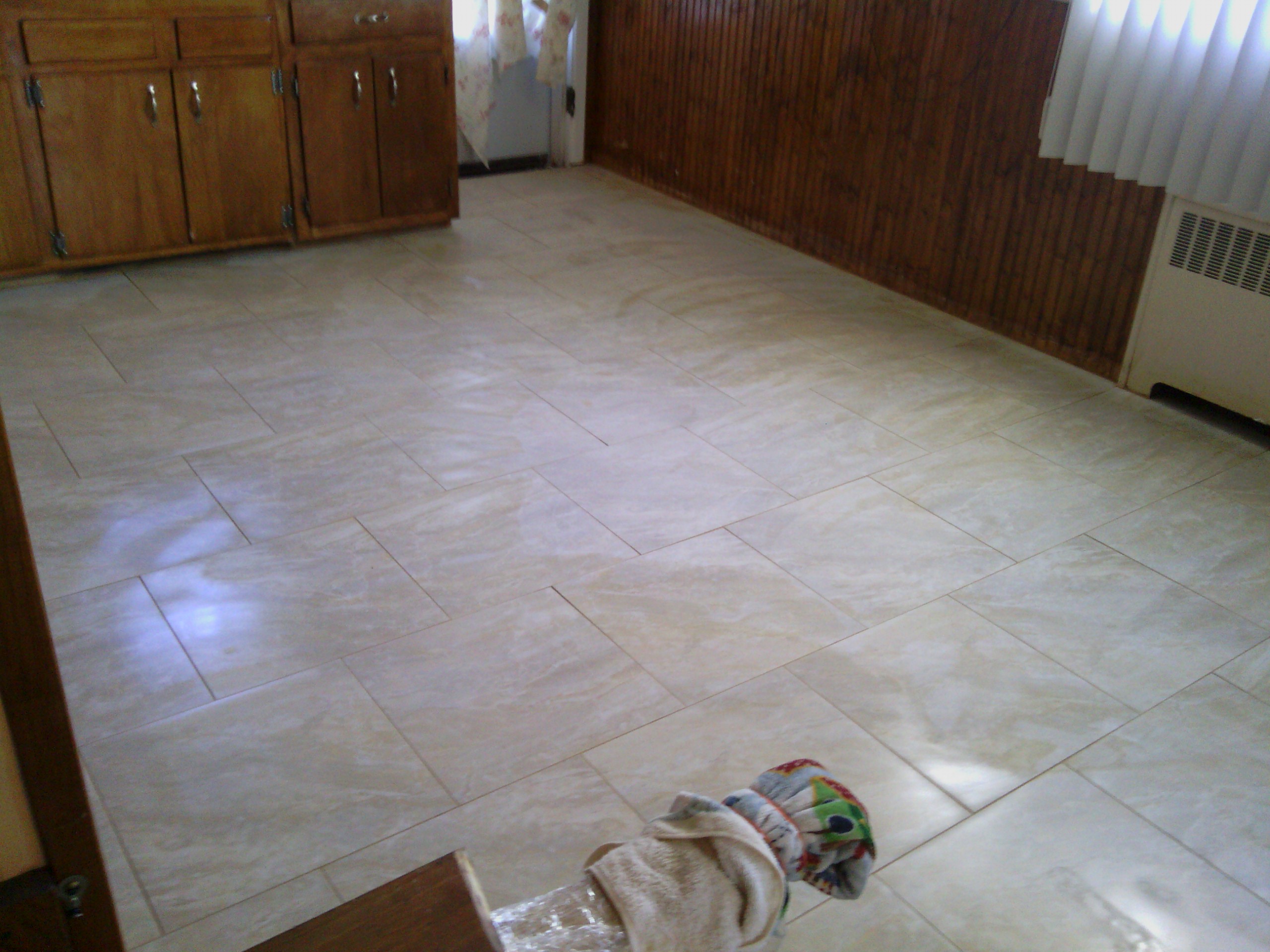How to achieve a truly Flat subfloor
In order to accomplish that goal, we take every necessary step to provide a solid and quality flooring installation. Every quality flooring installation starts with a sound and flat subfloor.
In this post, we’re going to share with you, the option that we offer our clients to ensure their subfloor is truly flat, and in turn, allows for long-lasting and quality flooring installation.
Self-Leveling Cement –
Self-leveling cement is exactly what it sounds like. It’s a cement material that finds it’s own level. The quality product we use can be poured from any depth between 1.5″ to a smoothed-out feather edge, making it a suitable choice for preparing just about any subfloor for its new flooring. Self-leveling cement is a great asset when creating a truly flat subfloor and is the best option for achieving this. Applying self-leveling cement is part of the prep-work that many homes need before installing new flooring.
Here are a few examples of just how flat self-leveling cement can make your subfloor. As you can see from the first image, the material is poured on, and has the consistency of thick, sandy water. In the image below, of the bathroom remodel, you can see the material becoming more solid, and no longer having the “wet” look.
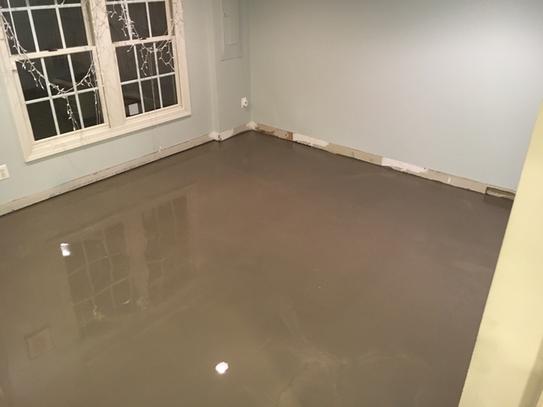
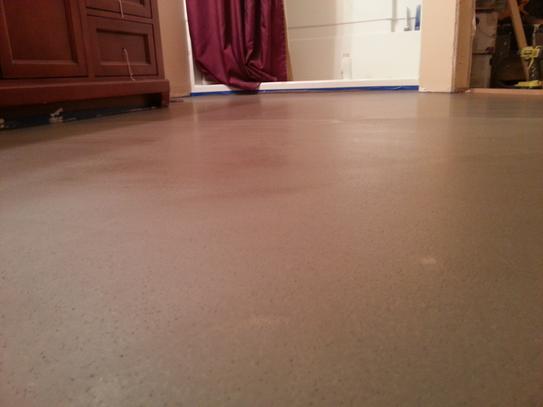
Why it’s important to have a flat subfloor –
There are many reasons why it’s important to have a flat subfloor, and they all have to do with ensuring the integrity of your floor covering choice. Achieving a flat subfloor is the best way to provide your new flooring with a long life, and ensure a quality and beautiful installation.
There are many instances where below grade levels of a home have severely damaged subfloors that seem to be beyond repair. Here’s an example of a basement subfloor that we successfully evened out, and prepped for a new floating vinyl floor system.
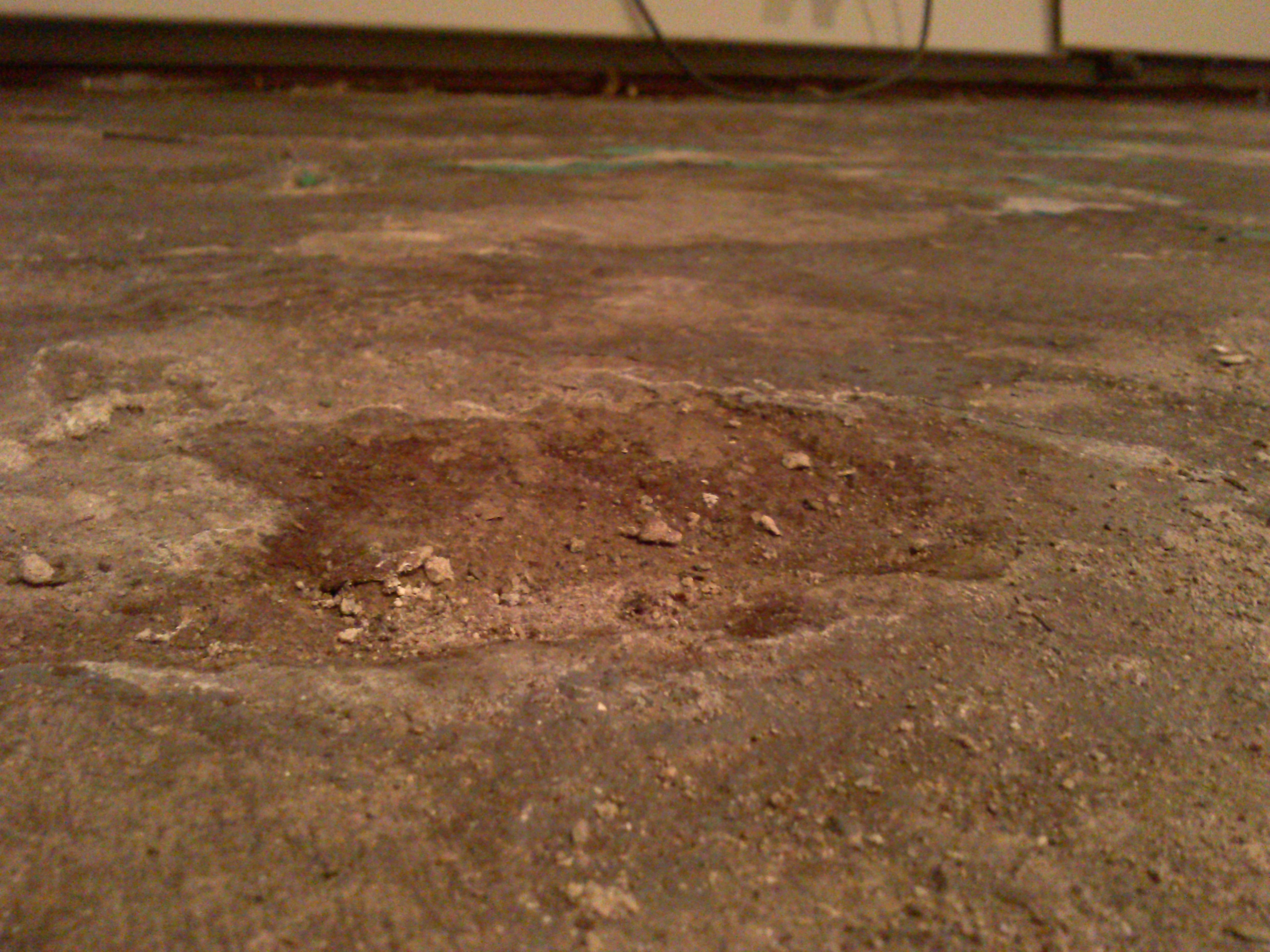
As you can see in the image, there is a big chunk of the slab missing. Problems like this can also be fixed with the self-leveling cement, making even this surface, ready to receive new flooring. Without repairing a surface like this one, the only real option for floor covering of this basement would be carpet; but even carpet wouldn’t solve the issues here, you’d still feel all the discrepancies throughout the uneven subfloor. The self-leveling cement was the best choice for floor prep. in this case, and allowed the homeowner multiple new options to pick from for new flooring materials.
What types of flooring require a Flat subfloor?
No matter what type of flooring you’re planning on installing, it’s always best to start with a flat surface.
If you’re planning on installing a tile floor, having a flat subfloor means there’s much less risk of tile lipage, or tiles cracking due to unevenness in the subfloor. Tile is a rigid and hard material that won’t conform to any discrepancies in the subfloor. If tile flooring is installed on a surface with waves, dips or bumps, the chances of producing a flat final product without lipage or uneven tiles is really poor. Here’s an example of a kitchen floor we installed a large format tile on and leveled the subfloor first. These particular tiles, which have straight edges, offer even less forgiveness to any waviness in the subfloor, and is one of the main reasons why we chose to apply the self-leveling cement, ensuring a beautiful installation.
If you’re planning on installing a glue-down flooring like vinyl planks or tiles, it’s important that your subfloor is flat to ensure that your flooring material properly adheres to the subfloors surface 100% with no corners sticking up, or waves and bumps to try to mold your flooring over.
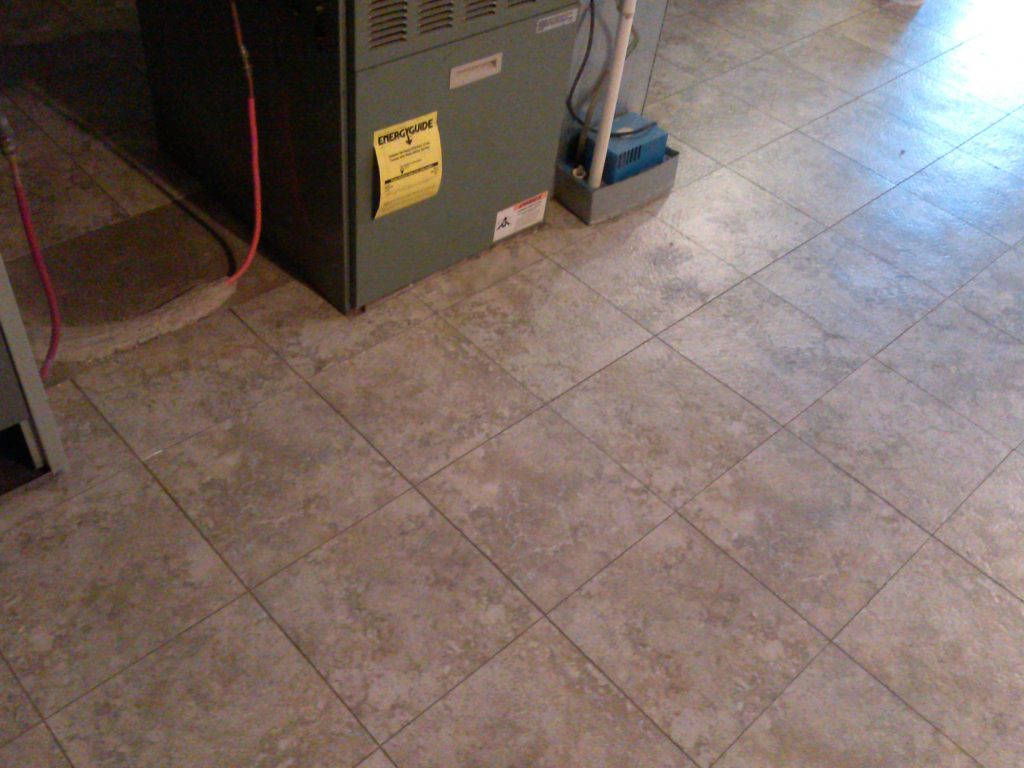
Floating floor systems also require relatively flat subfloors because of their ability to move. If a subfloor has dips, bumps or is wavy, the lips and other joints can and will eventually pull away and break, causing the need for repair and replacement. This is true for every floating floor material, from vinyls to engineered hardwood. These clickable or locking floors don’t have anything holding them in place except for the furniture that sits on it, and the rooms base or shoe molding. Because of this, walking on a floating floor system that was installed over an uneven subfloor is set up for failure.
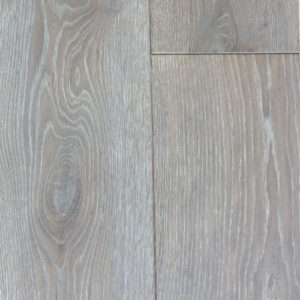
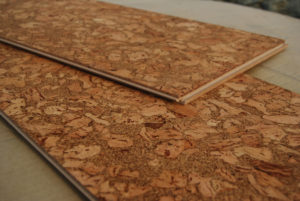
As you can see in the images of the floating floors above, the edges where they click together, are generally flimsy and break very easily, so the more discrepancies in the subfloor, the higher the chances are of the flooring to break.
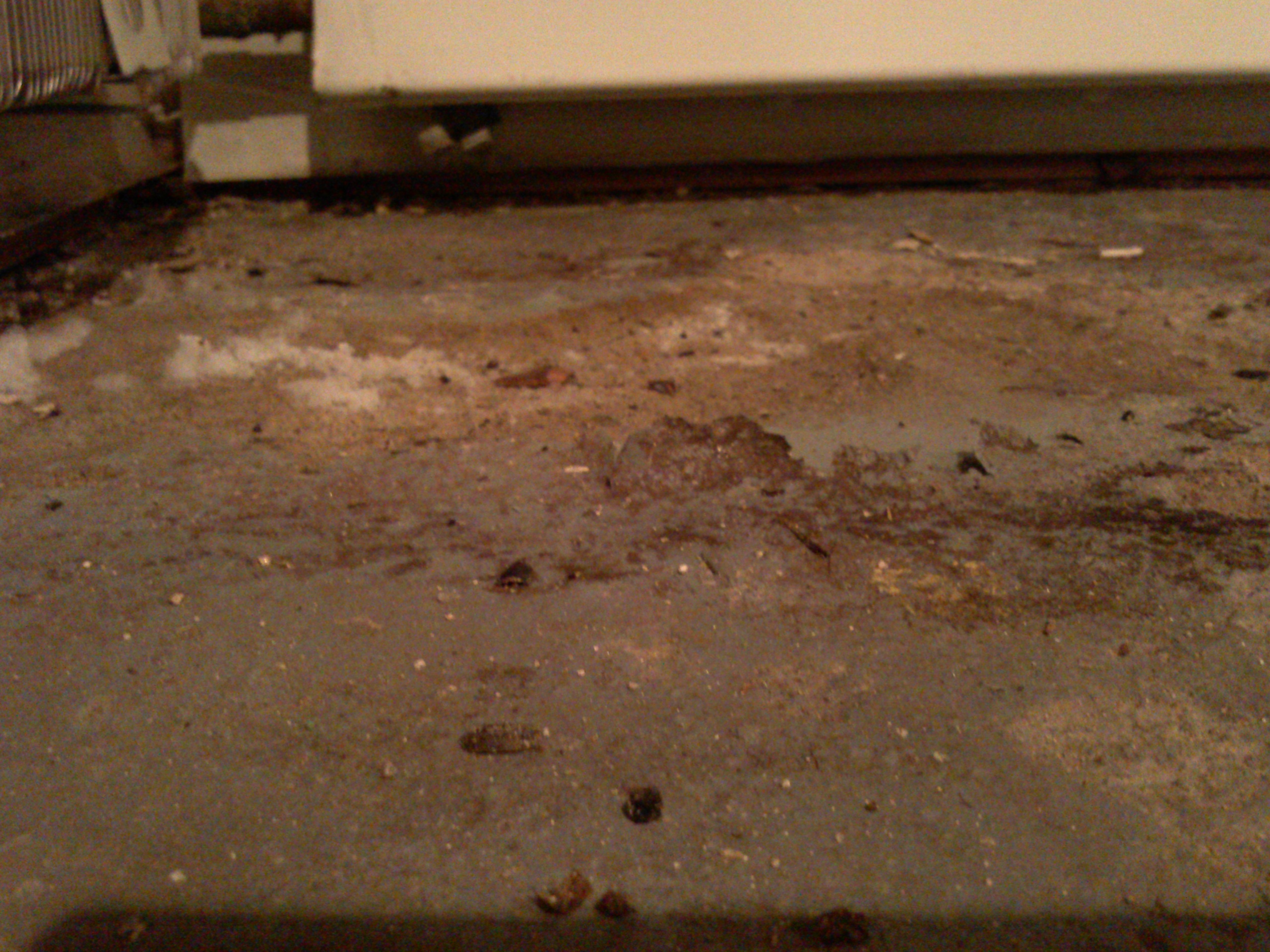
Basement slab in need of repair
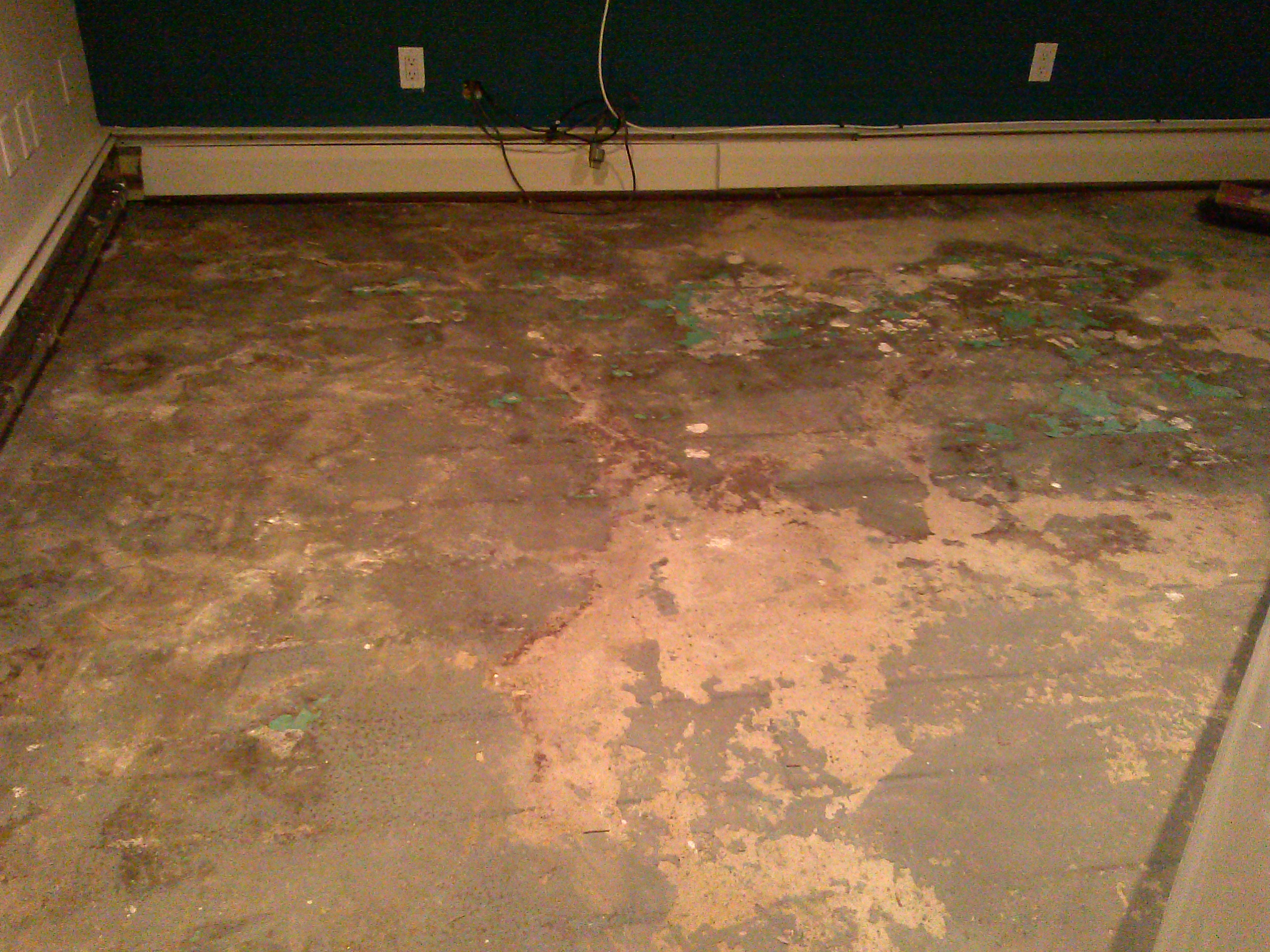
Basement slab needing prep-work for new finishes
